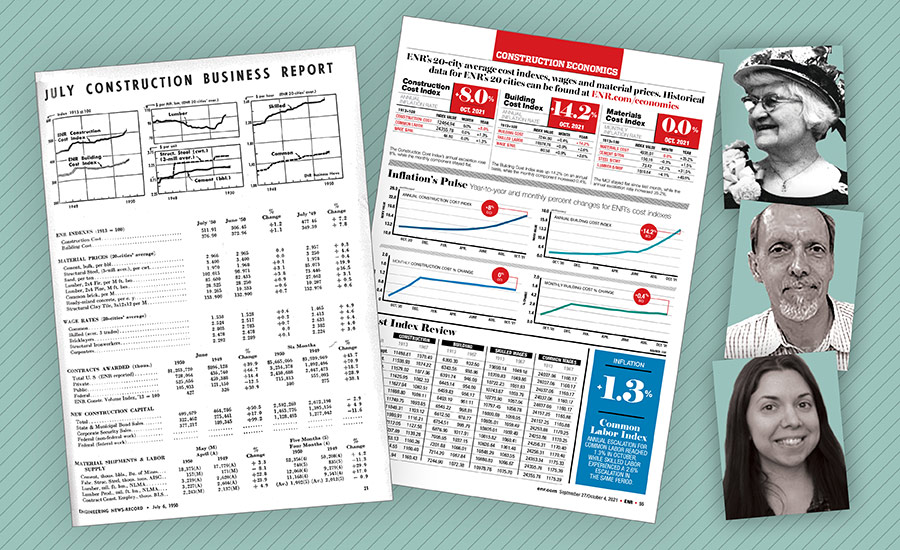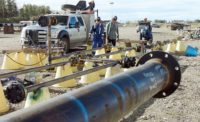Construction economics pioneer ENR’s Elsie Eaves is still drawing recognition today. Eaves joined ENR in 1926, five years after the magazine introduced its Construction Cost Index, but she was the one who made the indexes an industry standard. A large water-wastewater utility serving the eastern San Francisco Bay Area recently held a competition to name its new financial system, and the winner was Elsie Eaves.
Sophia Skoda, finance director of the East Bay Municipal Utility District, told ENR about the competition and said the utility uses the ENR Cost Indexes frequently. The note about the new name to staff said, Eaves “earned her civil engineering degree in 1920 … and made many significant contributions to our industry including serving as a founding member of what is now the Association for the Advancement of Cost Engineering. She would have been a perfect fit as a district employee, so her name is a perfect fit for our new financial system!”
Scott Lewis, ENR research director and staff historian, filled in more details about Eaves. She managed ENR’s business news department for 30 years, he reports, where she pioneered ways of measuring the market for construction materials and wages. She was the first woman to become a full member of the American Society of Civil Engineers. In the 1930s, she directed an inventory of needed construction projects to support passage of federal loan-grant legislation that helped revive construction during the Great Depression.
ENR once again has a woman leading costs and economics coverage. Alisa Zevin took the post in 2017, after two years as the editor of ENR’s New York regional edition. She also has been active on the program development team for the Groundbreaking Women in Construction event. “I’m proud to be part of that group, and to follow in Elsie’s footsteps as Economics Editor. ENR’s cost data has evolved over the years, and will continue to do so in the future, but Elsie’s indexes remain vital to understanding and using our data,” Zevin says.
The ENR cost indexes debuted just over 100 years ago—in the July 21, 1921, issue. They are now the longest-running construction cost indexes in the U.S. Hundreds of municipal government agencies, such as school districts and sewer districts, rely on the ENR indexes to adjust their fees annually. Many contractors and federal agencies, such as the U.S. Army Corps of Engineers, also depend on them to understand cost fluctuations and develop escalation factors for projects.
There have been some changes over the years. Indexes now track 67 building materials, down from 116 in 1950. But ENR has not altered the list of 20 cities tracked to preserve the continuity of the data.






Post a comment to this article
Report Abusive Comment